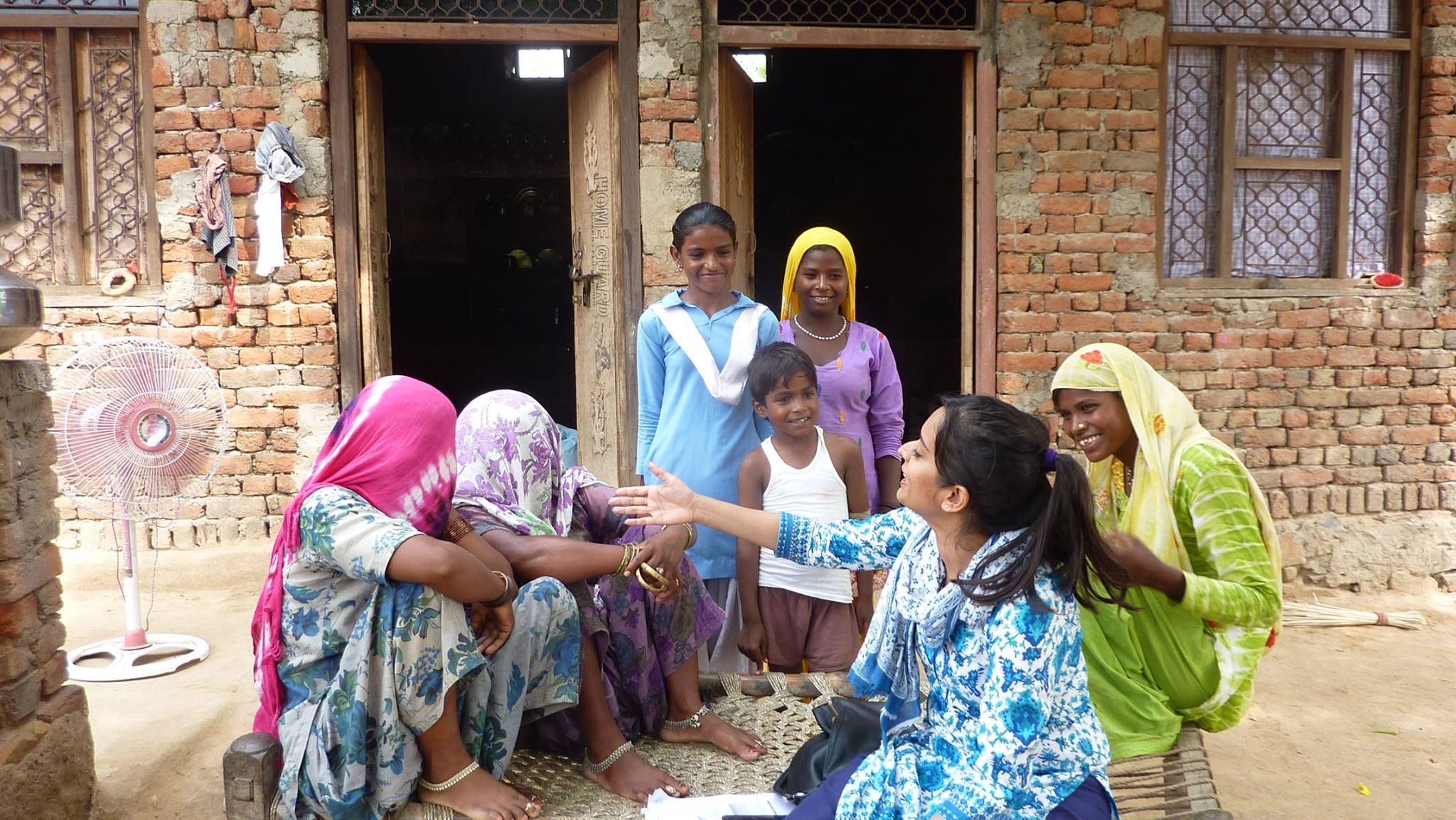CoWIN, an app and website to book appointments to be vaccinated, was introduced by the Government of India to vaccinate its population. However, a recent ruling by India’s apex court has drawn attention to the unfair and unequal nature of this policy towards its citizens in a country marred by illiteracy, bad internet connectivity, skewed digital infrastructure, and lack of a wider digital and public health infrastructure. Rohit Sharma analyses this recent verdict, and suggests possible ways to overcome the problems.
On 2 June 2021, the Supreme Court of India, in a hearing quoted that a vaccination policy that relied exclusively on a digital portal for vaccinating a significant population would fail to achieve universal immunisation owing to a digital divide in the country’s infrastructure, quoting data from the National Statistics Office survey of 2018 — where merely 4% of the rural households and 23% of the urban households possessed a computer.
This statistics is especially important for the second-most populous country in the world which is struggling with dealing with a second wave of the Covid-19 pandemic, and has recorded the highest figures in the world for any month for deaths in the month of May 2021, and urgently requires vaccination at a massive scale to stem further deaths.
To vaccinate its 594.6 million population in the age group of 18-45 years, the government established an e-registration portal (an app and website titled ‘CoWIN’), which is the only route for citizens to get an appointment for a vaccination.
This raises an important policy question in a country where digital infrastructure, internet connectivity, literacy, and even electricity availability is inadequate and erratic: is such sole reliance on e-registration an egalitarian method for all citizens?
The lack of digital infrastructure in the country was evident from the NITI Aayog Report ‘Strategy for New India@75’, where it highlighted the poor quality and reliability of the internet as a significant bottleneck in rural areas, and also pointed out that 55,000 villages in the country are without proper mobile network coverage. As of 2019, only 45.1 crore (0.451 billion) people had access to the internet (out of a population of almost 135 crore (1.35 billion)). The report also noted that internet access is plagued by issues of quality, reliability and weak signals with inadequate access to devices such as laptops, computers, smartphones, etc.
Similarly, a nationwide survey of villages by the Ministry of Rural Development in 2017–18 showed that 20% of India’s households received none to eight hours of electricity daily, 33% got 9-12 hours, and only 47% received more than 12 hours of power supply every day.
When logged into, most of the time vaccination slots on CoWIN become once or twice a day, and all the slots for the day get filled within a span of seconds and minutes; interestingly therefore, there have been instances of privileged urban populations heading to rural vaccine centres for their jabs.
This model creates unequal access to the vaccination, favouring those with better internet access, digital infrastructure, and access to proper electricity. This gap of unequal access of proper internet facilities further widens to a large population owing to the lack of smartphones.
A global survey by Pew Research Centre estimated that only 24% of Indians owned smartphones by the year 2018. Additionally, in 2018, the Telecom Regulatory Authority of India concluded that the total internet density in the country stood at around 49%. Of that, 25% lived in rural areas and 98% in urban areas.
This means that people in rural areas who are already suffering from poor healthcare facilities and lack of medical infrastructure will have to bear even higher institutional ignorance because of the the e-registration route to get vaccinated.
Another affected group, due to the singular reliance on CoWIN, is of differently-abled individuals. Swabhiman,, a representative organisation of the National Centre for Promotion of Employment for Disabled People (NCPEDP) conducted a survey which found that 86% of differently-abled people did not know how to use the technology while 61% said they would not be able to afford to buy a new smartphone as it was expensive.The problem to this group was also highlighted by the apex court when they mentioned that a disability audit has to be conducted for CoWIN to ensure access to differently-abled Indians. Some of the problems faced by the differently-able include the non-availability of audio captcha, and the filters which highlight the name of the vaccine, age groups, etc. are designed poorly for them.
If India aims to reach the dream of vaccinating all its citizens sooner rather than later, the country needs to take the following measures (alongside addressing the vaccine shortage):
– Making CoWIN available in all languages for removing language barriers for those who cannot understand English, and make CoWIN useable for the differently-abled.
– To increase vaccination registration, local governments, health workers, and community, political as well as religious leaders need to be incentivised to help identify and vaccinate the most vulnerable. Similarly, government rural departments such as panchayats and Anganwadi centres should be engaged for registration camps for vaccine registration.
– The government can further hire unemployed youth to help the marginalised sections and rural population to get registration done through help centres. Similarly, SMS-based booking should be introduced in areas with poor digital infrastructure to ensure inclusion for all people.
In sum, the government should provide equal or near-equal access to all citizens to get themselves vaccinated and to make the right of health and well-being truly egalitarian for all its citizens.
Banner image: © ‘Corona Virus Covid 19 Hotspot warning sign at Chennai, India’ by Govind Krishnan, Unsplash.
This article gives the views of the author and not that of the ‘South Asia @ LSE’ blog, the LSE South Asia Centre or the London School of Economics & Political Science.








amazed